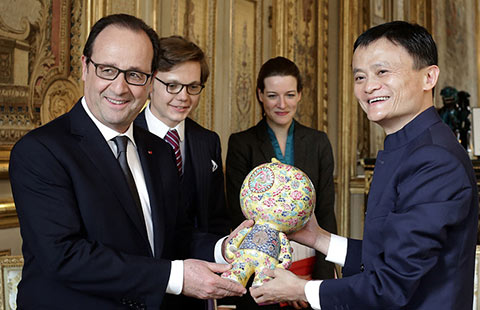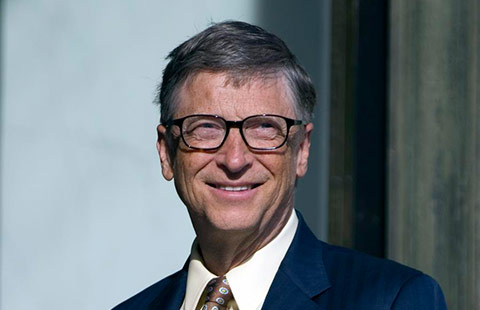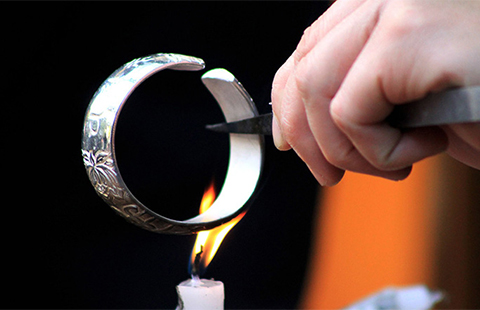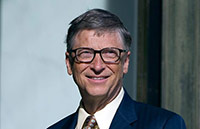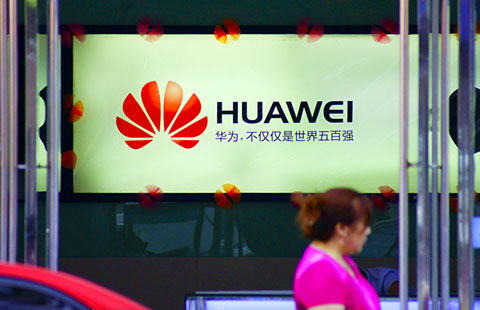As lottery luck wanes, NEV market prospects brighten
By Du Xiaoying (China Daily) Updated: 2015-12-07 10:08Upward swing
According to the China Association of Automobile Manufacturers, sales of NEVs surged 290 percent year-on-year to 171,145 units in the first 10 months of 2015, with pure electric vehicles accounting for the majority of sales.
Industry experts said with a boost in sales, automakers in China will make great efforts to develop the NEV market.
Namrita Chow, principal analyst at HIS Automotive, said last month that automakers in China are keen to emphasize their allegiance and adherence to the government's NEV goals.
"The Chinese government is on a drive to clean up the country by reducing pollution and showcasing itself as a leader in new, clean energy-related technologies," Chow said.
This year, eight local automakers, including SAIC, Dongfeng, Changan and Geely, announced they are advancing their research and development of NEV models in the near future.
Changan said it is set to produce 34 NEV models, the most ambitious plan among the carmakers. The company plans to sell 400,000 NEV vehicles by 2020.
SAIC plans to reach a sales goal of 600,000 NEV units by 2020, one-third of which will come from China's self-owned brands.
Geely plans to turn 90 percent, or a million units, of its total production into new-energy cars by 2020.
GAC said it aims to sell 200,000 new-energy vehicles by 2020.
At last month's Guangzhou Auto Show, 60 new-energy models were presented from a raft of automakers including Volkswagen, Mercedes, General Motors, Toyota, Changan, Dongfeng, BYD and BAIC.
Ouyang Minggao, a professor from Tsinghua University and a specialist on new-energy vehicles, said at an auto show forum last month that there are many challenges for China's NEV industry, including a high reliance on government incentives, safety problems with batteries and fierce international competition.
He suggested automakers gradually wean themselves from incentives and pay more attention to research and development of NEVs.
Zeng Qinghong, general manager of GAC, said automakers should break away from their dependency on incentives. The priorities, he said, should be to improve the quality of batteries and the infrastructure of charging facilities.
Zeng suggested establishing a new-energy credits collection system, which could apply to the production, charging and trade of NEVs. In his theoretical plan, automakers would owe credits for gasoline vehicles they produce and sell. This would complement a sales quota on zero-emission vehicles imposed on automakers.
Ouyang said he thinks more and more customers will buy new-energy cars because policies will continue to support the industry, the cost of NEV batteries will drop and the construction of charging facilities will speed up.
He said the market should be able to reach the central government's goal, established in 2012, of having 5 million new-energy vehicles on roads by 2020. He also said fuel-cell cars will hit the market in 2020.
- Seminar on Standards and Inspection for the field of prioritized industries under the Belt and Road Initiative held in Beijing
- China pins growth hopes on consumption, service
- Mexico eyes enormous opportunity for its farm produce in Chinese market
- Thailand to build distribution center in SW China
- Chinese e-commerce company clinches deal to sell Italian artisan products
- Punishment possible on second-hand vehicle sellers
- Vehicle inventories rise as dealers prep for peak sales season
- Citic Securities says unable to contact two senior executives


